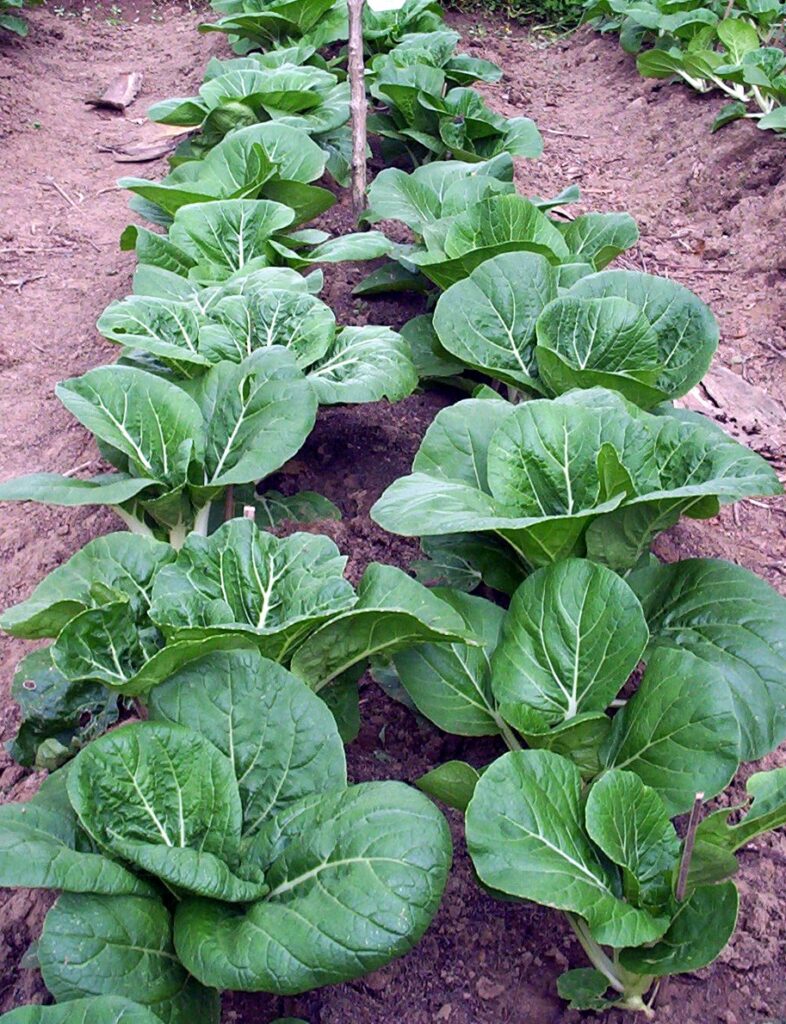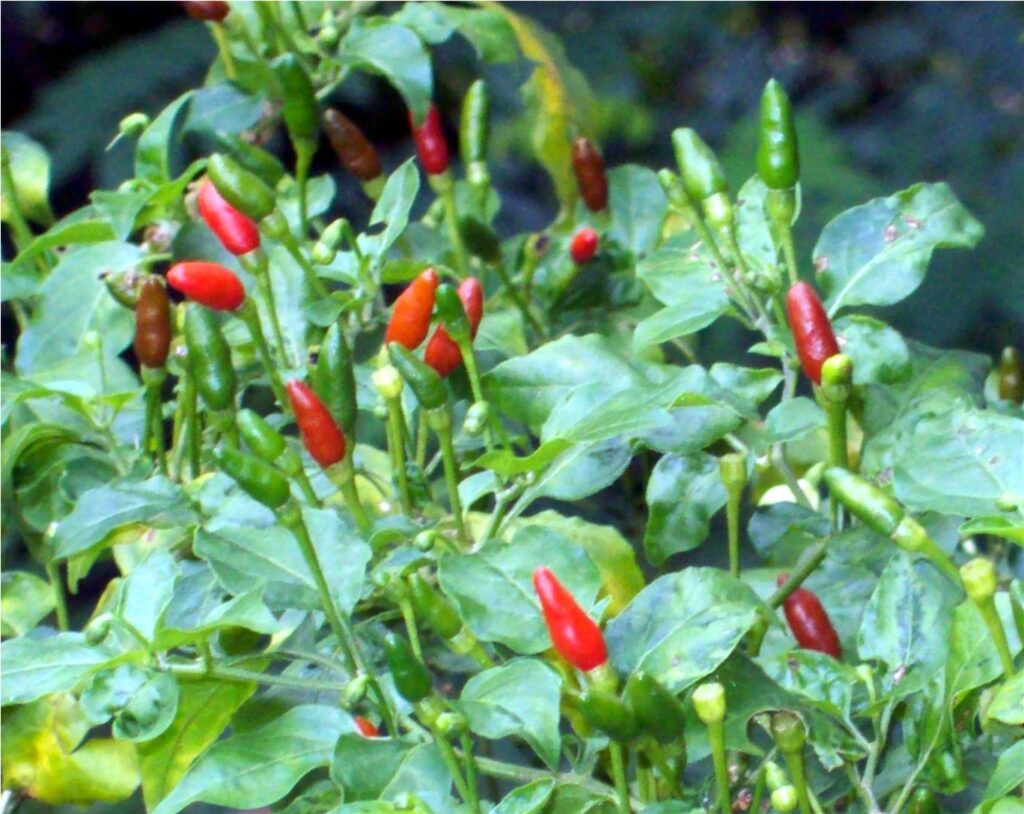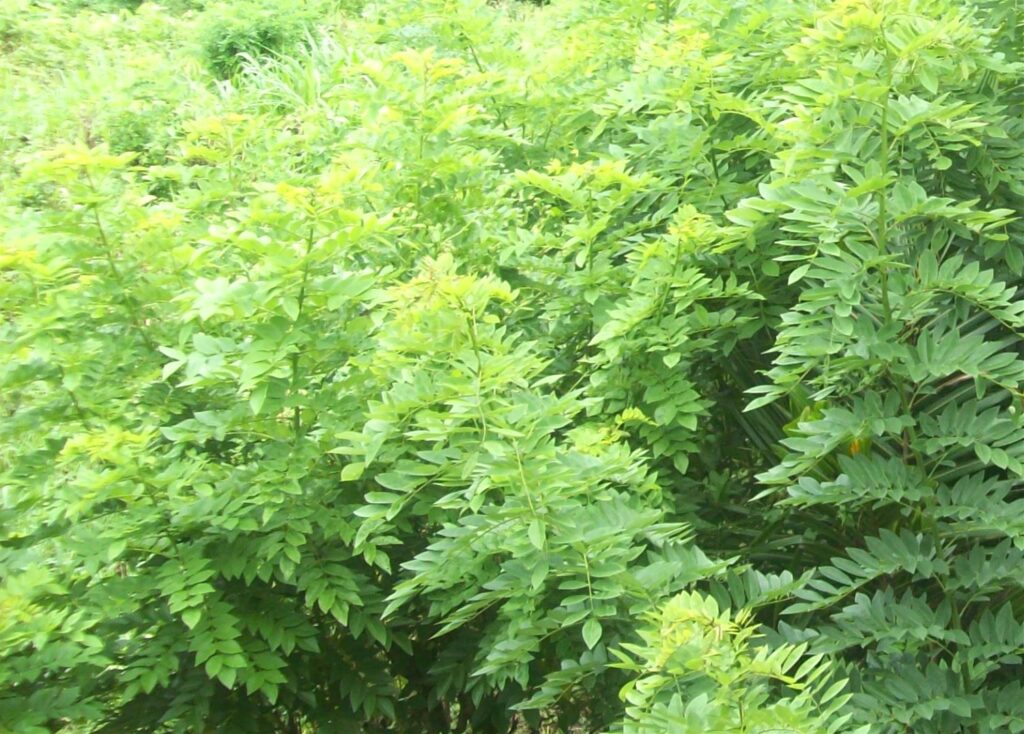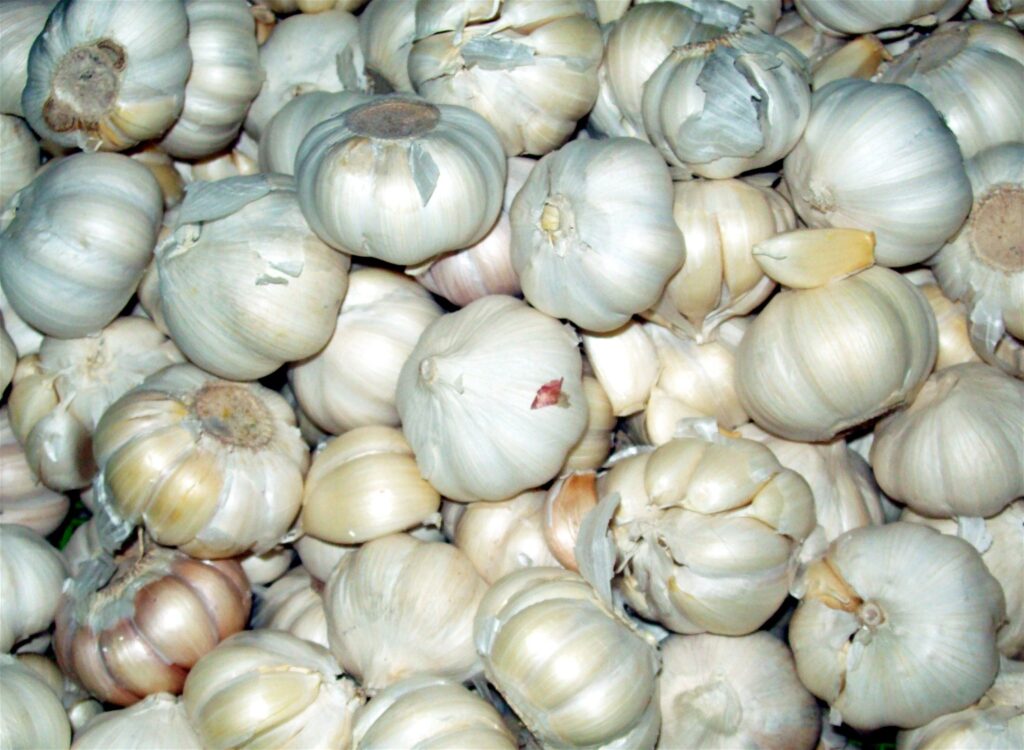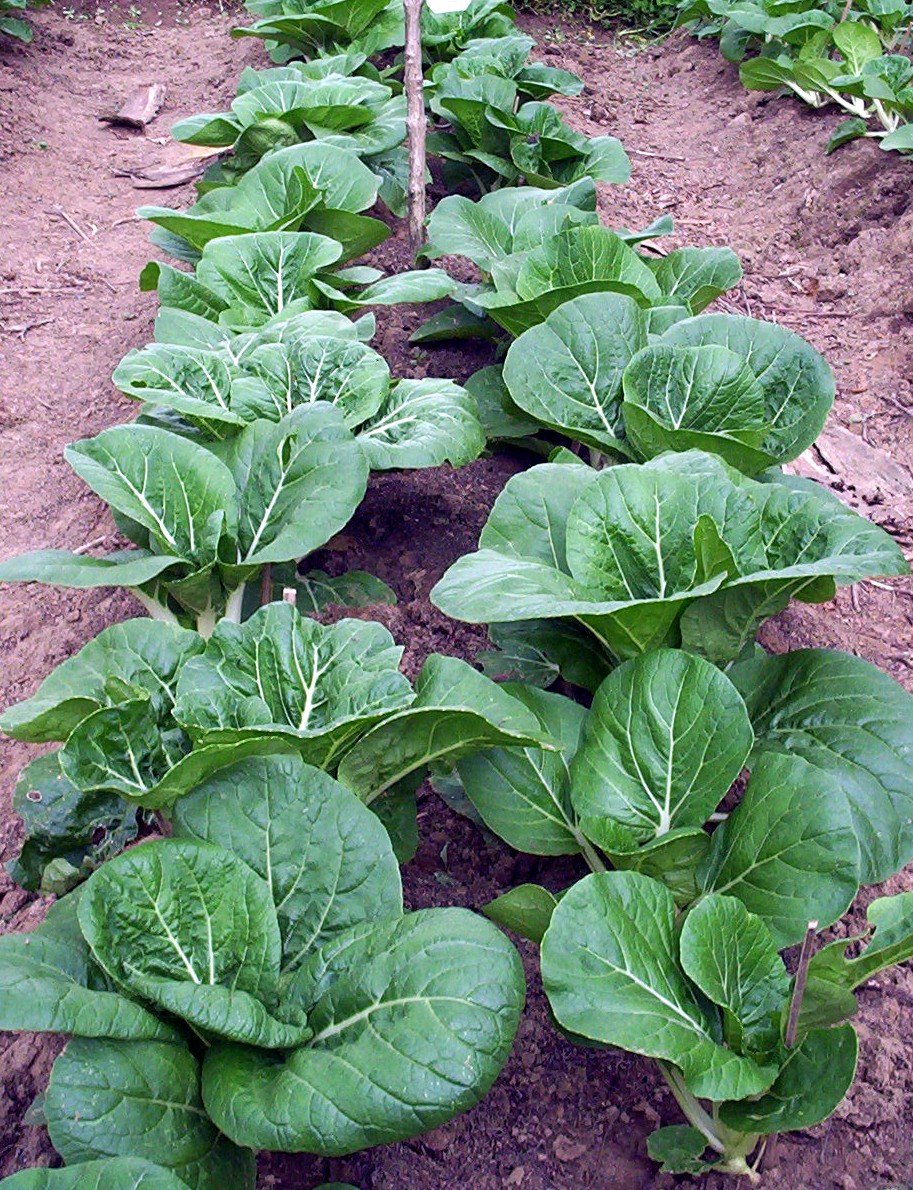Text and Photos by Henrylito D. Tacio
While vegetables can easily be grown in most parts of the country, many people surprisingly do not grow or consume enough of them. As Generosa T. Medrena, senior science research specialist of The PCARRD Monitor, points out, “The average per capita consumption of 12.4 kilograms of green and yellow vegetables is far short of the recommended allowance of 32.4 kilograms per year.”
Scientists believe that the low vegetable consumption can be traced to the lack of knowledge of health benefits. Many people do not know that vegetables are inexpensive sources of natural vitamins, minerals and proteins. In addition, many fail to maintain vegetable gardens in their home yards because there is a general lack of know-how about simple, practical home-gardening methods.
Perhaps one of the contributing factors why most Filipinos are not planting vegetables is due to pests and diseases that attack the crops. “Insects and diseases are the principal enemies of vegetables, but these can all be controlled,” points out Roy C. Alimoane, the director of the Davao-based Mindanao Baptist Rural Life Center (MBRLC) Foundation, Inc.
Success greatly depends on prompt action. “The key to good pest control,” Alimoane says, “begins with knowing your crops and checking them regularly to make sure they are healthy and not bothered by something that might want to eat them before you do! When you see a pest or disease problem, with diligent scouting it can be controlled before it becomes a major problem.”
More often than not, people buy chemicals to control pests and diseases. But there are ways to control them without spending too much. In fact, some of those can be found right in the farm or backyard. Here is a collection taken from various sources:
Citrus peel: Mix together the grated peel of a lemon, an orange and a lime and boil for a few minutes. Let the mixture stand for 24 hours. Filter the water before using. Do not dilute. Indications: useful as a repellent against potato beetles, caterpillars and other insects.
Garlic spray: To one liter of water, steep two mashed garlic cloves for 24 hours. Filter and do not dilute. Spray on plants, no more than twice a week. Indications: control of aphids, spider mites, and scales.
Garlic and oil spray: Mash two large garlic bulbs (more if they are small). Soak in 2-3 tablespoons of mineral or cooking oil for two days. Add this mixture to one liter of water. Filter and add one tablespoon of liquid soap. Spray plants with a mixture of two tablespoons per one liter of water. Spray all plant surfaces, but it is good to test this first by spraying a few leaves to check for sensitivity.
Kakawate spray: In four liters (1 gallon) of water add one kilogram (6-8 liters dry volume) chopped fresh kakawate leaves. Allow to soak for two days, then filter out leaves. Add one tablespoon of liquid soap to the liquid. Mix and spray. Indications: aphids, cabbage loopers, and mosquitoes.
Neem leaves: In five liters of water soak one kilogram of neem leaves. Soak overnight, then grind the soaking leaves and filter the extract. Add 1 teaspoon or one squirt of liquid soap. Mix well and spray or sprinkle on plants.
There is no need to boil the extract. This reduces the Azadirachtin content of the neem leaves. Some prefer to soak the leaves longer, but the longer they soak they develop a foul smell. To treat one hectare of land, nearly 80 kilograms of leaves are needed,
Neem seeds: Crush 500 grams of neem seeds in a mortar and pestle into a paste. Mix paste thoroughly in 10 liters of water. Leave to soak overnight. Filter through layered cotton cloths. Spray or sprinkle over plants. Repeat spraying every 10-15 days if the infestation is really bad.
Indications: control of diamond back moth, cabbage worm, aphids, cutworms, locusts, lace bug, armyworm, flea beetle, green rice leaf hopper, leaf miners, mites, root-knot nematodes, rice stem borers, spotted stalk borer, white-backed rice plant hopper, and tomato leaf spot fungus.
Pepper spray: To one liter of water mix one teaspoon of liquid dish soap. Put a pinch of dried and grounded hot pepper. Do not dilute before spraying on plants. Indications: useful against aphids and scale insects.
Soap spray: In one liter of water dissolve one tablespoon of soap powder or seven grams of bar soap. Add kerosene to increase effectiveness. Indications: Spray on aphids, thrips, caterpillars, whiteflies, mites, slugs, leaf miner, small beetles. Use stronger solutions for stronger insects.
Tobacco leaves: Boil 250 grams of tobacco leaves, stems or dust in four liters of water for 20 minutes. Allow cooling the filter through layered cotton cloth. Add this solution to four more liters of water. Add 50 grams of bar soap or 3-5 tablespoons of liquid soap as surfactant (don’t use laundry soaps).
Indications: Pour into sorghum and maize funnels (whorls) to kill stalk borer. Apply as soil drench around plants to kill cutworms. Spray beans to prevent rust disease. Spray also to control aphids, beetles, cabbage worms, caterpillars, grain weevils, leaf miners, mites, stem borers and thrips. The solution is especially effective against biting or sucking insects.
Just a warning: Tobacco has a very high toxicity. Do not let people or animals drink the solution, and when spraying, wear protective clothing – especially a mask, or apply solutions with a watering can only. Do not eat vegetables within 4 days of application and wash them carefully when you do. Spray tobacco spray in the evening to allow them to work in the night. Also, do not spray potatoes, peppers, tomatoes, and eggplant to prevent the spread of viruses.
Tomato leaf tea: To two liters of water add one kilogram of chopped tomato stems and leaves. Bring to a boil and allow cooling. Filter before using. Indications: spray to deter caterpillars, black or green flies; apply every 2 days when cabbage butterflies are present.
Tomato solutions are effective at repelling aphids, ants, cabbage worms, caterpillars, cockroaches, diamondback moth, flies, grasshoppers, grubs, insect larvae, nematodes, red spider mites, tomato hornworm, whitefly, fungi and bacterial wilt.
Vinegar spray: In 10 liters of water, mix three tablespoons of vinegar (white vinegar if possible), three tablespoons of liquid soap and two tablespoons of liquid manure (manure tea). Indications: spray to control aphids.
Milk spray: To four liters or one gallon water, mix two cups or 500 milliliters of milk. Spray the mixture on cucumbers, squash, and pumpkins, lettuce, and tomatoes. Indications: powdery mildew, downy mildew, and black spot.
Again, here’s a word of reminder: All homemade pesticides contain chemicals that are potentially dangerous to you, your family, your animals and your crops. Protect yourself and your family when using them. Test the mixture on a small area before spraying a whole field to make sure it will not damage the crop. Label your mixtures and keep them in an area far away from children and food. Keep them in an area far away from livestock feeds and supplies. — ###
